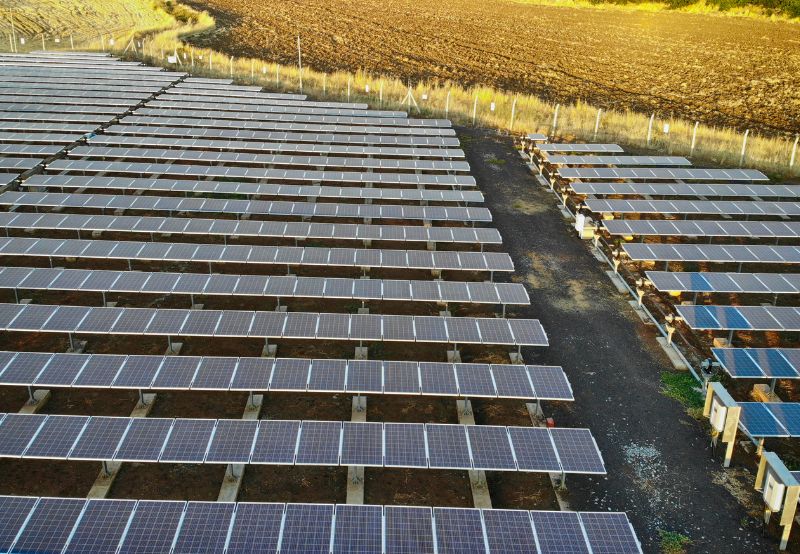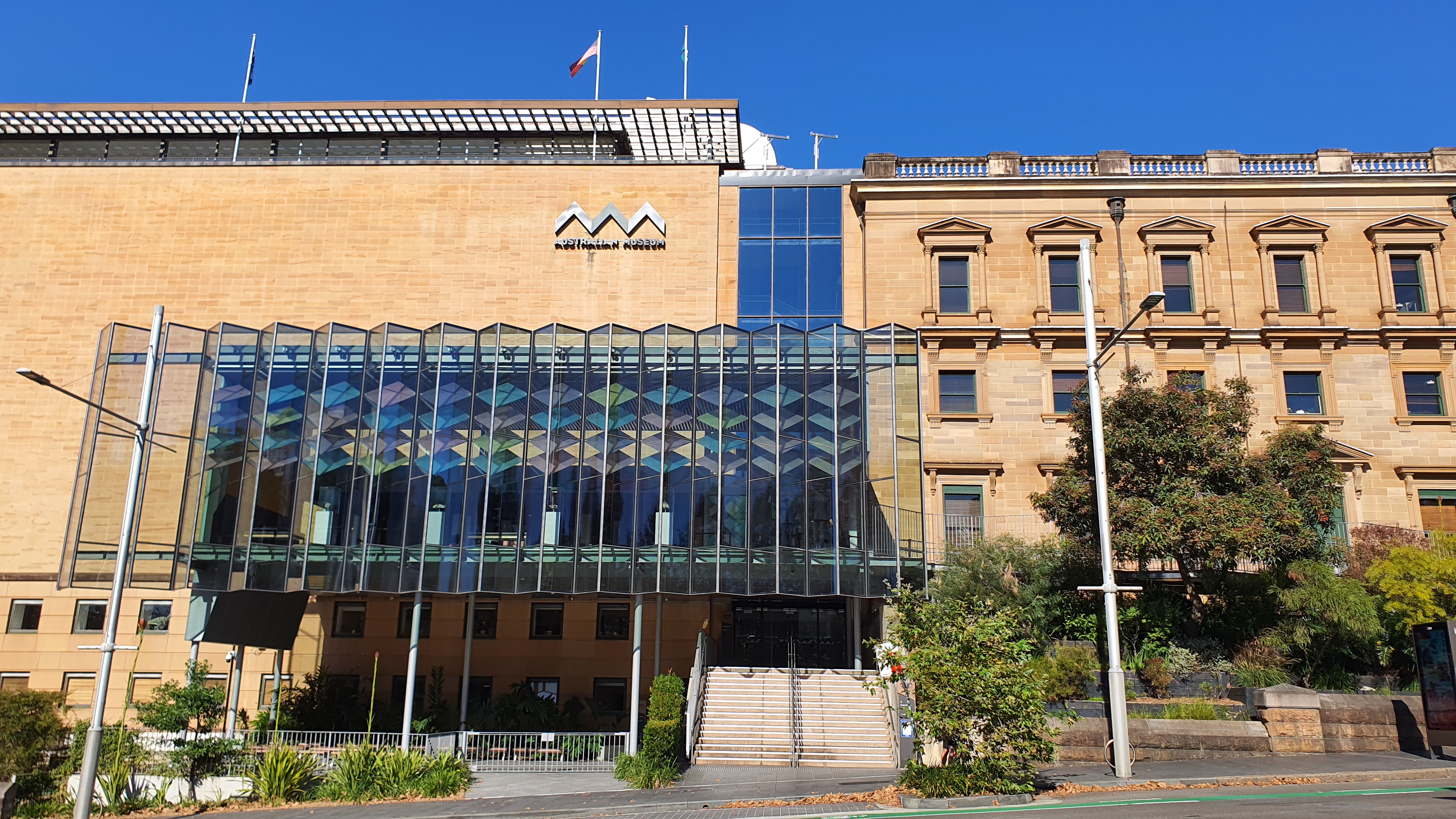More than one hundred participants from 78 organisations based in 13 countries met in Kanchanaburi, Thailand, from 27–29 June to present and discuss the results of their efforts to conserve biodiversity in the Indo-Burma Biodiversity Hotspot. Marking the halfway point of a five-year investment from the Critical Ecosystem Partnership Fund (CEPF), the event, organised by the IUCN Regional Implementation Team and CEPF, aimed to share the progress of over 80 projects supported by the fund.
The Indo-Burma Biodiversity Hotspot encompasses areas of Cambodia, Lao PDR, Myanmar, Thailand, Viet Nam, and parts of Southern China. It is one of the most biologically important regions on the planet but also one of the most threatened, and there is an urgent need to accelerate conservation efforts. Recognising this and the importance of local engagement at the grassroots level, CEPF has awarded 315 grants totalling USD 25.2 million to civil society organisations in the region over two previous investment phases. These grants have supported projects to safeguard species, reduce illegal wildlife trade, empower communities to engage in conservation, mainstream biodiversity in development planning, and improve the capacity of civil society.
The Mid-Term Workshop served as a platform for CEPF grant recipients and other participants to showcase their work, discuss challenges, share best practices, and foster collaboration.
In her opening remarks, Pattarin Thongsima, Director of the Policy and Strategy Section at the Office of Natural Resources and Environmental Policy and Planning (ONEP) in Thailand, noted that CEPF has contributed to the implementation of various conservation goals, such as the Kunming-Montreal Global Biodiversity Framework. “Local communities and civil society organisations play a very important role in these efforts,” she added.
In the current investment, which began in 2020 and extends until 2025, CEPF has committed USD 10.9 million to over 80 projects addressing conservation priorities in the Indo-Burma Hotspot. Noting that around 90 per cent of civil society organisations have reported an increase in capacity to conserve biodiversity over the period of CEPF and IUCN’s support, Jack Tordoff, Managing Director at CEPF, highlighted that “this increased capacity has positively impacted biodiversity conservation and human well-being.”
A total of 73 in-person presentations were made, mainly by civil society organisations over the course of three days, reporting on their progress and the way forward. Giving a presentation on how her organisation helped recover two Myanmar turtle species that are listed as Critically Endangered on the IUCN Red List of Endangered Species, Kalyar Platt, Director at Turtle Survival Alliance, stressed that “it was only through a combination of captive breeding, head-starting, translocation, and in-situ protection that we have secured the biological future of these species.” Pointing out that the CEPF grant has helped save the Burmese star tortoise and Burmese roofed turtles, she further noted that “much remains to be done.”
Aside from project showcases, learning sessions were facilitated by the Regional Implementation Team on the use of communication tools, strengthening gender equality, capturing lessons learned, along with a review of CEPF’s long-term goals. Comments were provided by representatives from donor agencies and also the CEPF National Advisory Committees of Viet Nam, Thailand, Myanmar, Lao PDR, China, and Cambodia.
Taking home the feedback from the donors and what they learned from their peers, the participants now return to their countries motivated and ready to take the next steps towards successfully completing their projects. “For those that harm nature, they can do this once and it’s gone. We have to challenge ourselves and each other every day to rethink the way we live and what we can do to conserve nature. That’s what you all are doing and we are very proud of the hard work,” added Olivier Langrand, Executive Director at CEPF.
“During the workshop we have heard from inspirational speakers about real success stories demonstrating that conservation works for both people and nature. What is needed is to take these successes and scale them up to have greater impact. Partnerships are one key element to achieve this, and IUCN and CEPF stand ready to support our partners in their future efforts towards a world where people and nature live in harmony”, concluded Alex McWilliam, CEPF RIT Manager, IUCN Asia.
For further information on IUCN and CEPF’s collaboration in the Indo-Burma Hotspot, please visit: Critical Ecosystem Partnership Fund (CEPF) Indo-Burma Biodiversity Hotspot | IUCN
About CEPF
CEPF empowers non-governmental organizations, Indigenous groups, universities and private enterprises to protect the world’s biodiversity hotspots and help communities thrive. It is a joint initiative of l’Agence Française de Développement, Conservation International, the European Union, the Global Environment Facility, the Government of Japan, and the World Bank. In the Indo-Burma Hotspot, it is also supported by the Margaret A. Cargill Philanthropies. IUCN serves as CEPF’s Regional Implementation Team in the Indo-Burma Hotspot.




